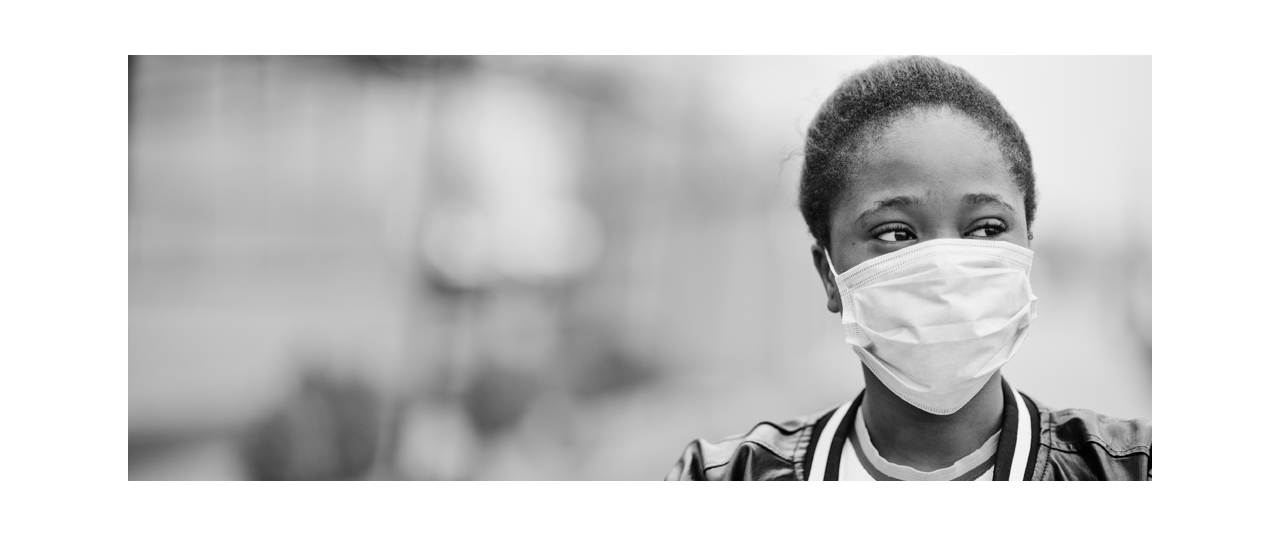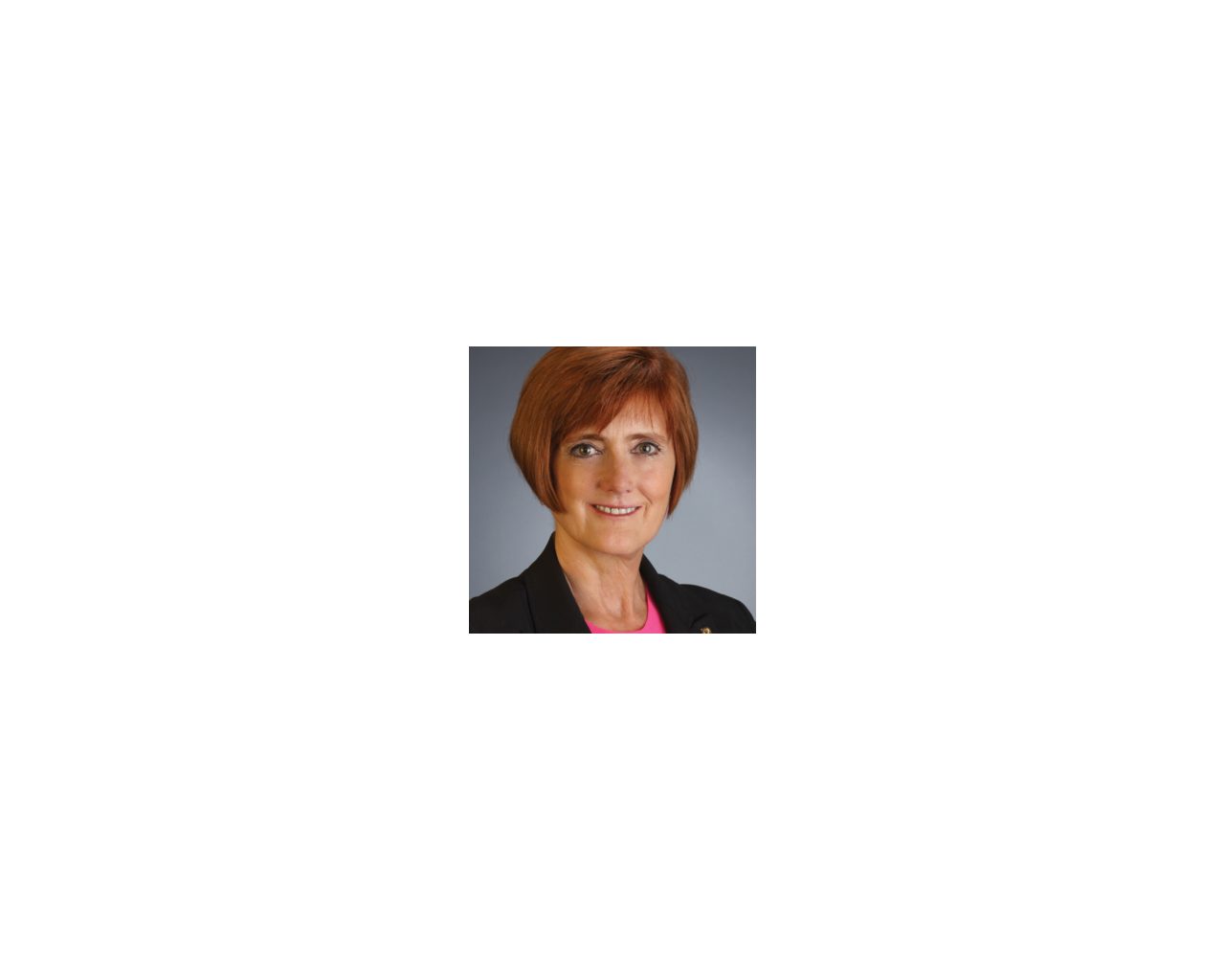
Building a more just “new normal” after COVID-19.
For many weeks, the healthcare community has been immersed in taking care of patients and families and getting through the pandemic. While we are slowly emerging and the rise of COVID-19 incidences lessens for many, we have a more enduring toll to face in racial injustice.
As a white leader, I don’t profess to understand the depth of pain others have faced, but I do know that leaders can play powerful and influential roles in driving change. I also know that as a professional community, healthcare leaders are adept at achieving what we set our hearts and minds to achieve. So I wonder, as we consider what we have learned during COVID-19, how we might devise a “new normal” that helps ensure equity for all in our plans and actions.
To help move forward, we must solve for what we can influence. Leaders across the country will benefit from lessons learned from the pandemic, but we must also take hold of the fundamental values that differentiate healthcare organizations. How can we best integrate these two priorities to provide meaningful change—to serve all patients while taking advantage of what we now know in managing the pandemic? What lessons have we learned—about our institutions, our workforce and our communities—that can propel us to a new future?
Enhanced Planning
Preparedness is a staple in healthcare management, but the scope of this pandemic exceeded the imagination of even the most stringent plan or best simulation. The response was swift and massive. For many organizations, this meant creating new intensive care units in a matter of days. It meant halting elective surgeries to expand capacity. It meant examining our supply chains to ensure there were enough protective equipment, ventilators and other vital supplies. It meant activating command centers to help ensure communication and transparency both inside and outside the organization.
We know now that we can rise to these challenges, as hard as it is. We can leverage systemness to increase capacity for critical patients. We can create advanced field hospitals and deploy the might of the U.S. military to reinforce our ranks. We can leverage partnerships and navigate supplier networks to creatively source critical materials.
Emergency preparedness plans must include mitigation of harm against vulnerable communities. Many experts are predicting a second wave as the country re-opens, or a combined COVID-19/influenza season that may again take a heavy toll on those marginalized. While we will not be able to remedy generations of disparities in a matter of months, we can consider what education, outreach and resources can be deployed to reduce infection and death rates. As “leaders who care” we have both moral and business imperatives to increase access to information, testing and treatment. Performing analyses now of how and why different populations were most impacted—minority communities, low-income neighborhoods, individuals with disabilities and pre-existing conditions, homeless or housing vulnerable—will help us develop appropriate pre-emptive actions.
Learning and research from across the field can and must be used to create, rehearse and codify stronger plans. As we reevaluate, we can take stock of our successes and opportunities for improvement. And we can celebrate the breadth of contributors—C-suite executives, front-line care providers, first responders, community leaders, public health officials, patients and families, and so many others—who helped expand our resources and lift our spirits.
Accelerated Innovation
Many leaders have emphasized the speed at which the situation on the ground developed and intensified. As a result, organizations accelerated decision-making, adapting to a new cadence to ensure the best care possible. Implementation that might previously have taken weeks or months has been happening in days or even hours. Assessments and adjustments are also happening on a more rapid and continual basis. We’ve also seen ingenuity play out through community partnerships, from universities to hotels to manufacturers, to increase access to vital resources. As we deepen and formalize these relationships, we can gain the benefit of our collective actions.
Agility and innovation have created a momentum, while rapid evolution has occurred in parallel. For instance, the massive uptake of telemedicine and virtual visits has opened the door to a range of possibilities, including advancements in triaging people showing symptoms of COVID-19 or monitoring patients with chronic conditions. In many places, nurses and doctors are leveraging technology to connect hospitalized patients with their loved ones.
As we look to hardwire telemedicine practices, we need to be mindful that ensuring access for all may also require alternate approaches. With many people balancing the struggle to care for their loved ones while facing disruptions in income, some may have limited access to technology. We must practice intentional inclusion to ensure that the accelerated pace doesn’t leave already-underserved populations even farther behind.
Workforce Support
The physical health of our workforce is paramount to our ability to persist in tackling this pandemic. Healthcare leaders have developed new ways to help reduce exposure and keep care providers from contracting or transferring the virus.
Amid this, we’ve discovered a new depth to our talent pools by creatively realigning talent with need. Staff reassignments are occurring across the board, from medical office nurses and PAs performing drive-through testing, to administrators and practice managers undertaking ED triage, to social workers running a daycare for children of essential employees.
In addition, we’ve recognized how critical it is to preserve psychological health and prevent burnout. Organizations activated a host of options during the height of the pandemic to create space and time for staff to decompress and recharge. We’ve offered mental health training and digital tools to help reduce stress, and provided mental health check-ins.
Though the number of COVID-19 cases may vary in different areas, we should hold on to the realization that mental health and burnout do not start and stop at the hospital walls. COVID-19 has shined a harsh light on long-standing health disparities that have persisted for too long. Many of our employees return to families and communities that are suffering from the acute situation of the pandemic but also from legacies of disinvestment and injustice. The “full picture” of health is as equally important to consider for our employees as it is for the patients in our beds and exam rooms.
This is particularly important, as we know that the financial fallout of COVID-19 may result in difficult and painful decisions with regard to our workforce. Moving forward, we must think carefully about how to cultivate and maintain holistic health for employees as part of the broader communities we serve.
Thank You
Throughout the tumult of the past few months, we have reached inside ourselves and mobilized our teams to do what seemed to be the impossible. While I have always known that the DNA of great leaders is a unique combination of talent, ambition and a passion to do what’s right, I have never witnessed such a persuasive display. My hope for our patients and field is that with our newfound knowledge and the will to make progress in reducing disparities, we will make even greater progress to advance not only our capacity to lead, but the care we provide to those who need us most. What you do inspires me and gives me great hope for our future. Thank you.
Deborah J. Bowen, FACHE, CAE, is president and CEO of the American College of Healthcare Executives.
This blog post is repurposed from the article of the same name originally published in the July/August 2020 issue of Healthcare Executive.
For more data and resources on addressing inequities in health outcomes and the healthcare management field, please visit:
- ACHE Asian Healthcare Leaders Forum: ache.org/AHLF
- ACHE LGBTQ Forum: ache.org/LGBTQ
- ACHE research studies: ache.org/Workplace
- Executive Diversity Career Navigator: edcnavigator.org
- Institute for Diversity and Health Equity: ifdhe.aha.org
- National Association of Health Services Executives: nahse.org
- National Association of Latino Healthcare Executives: nalhe.org

